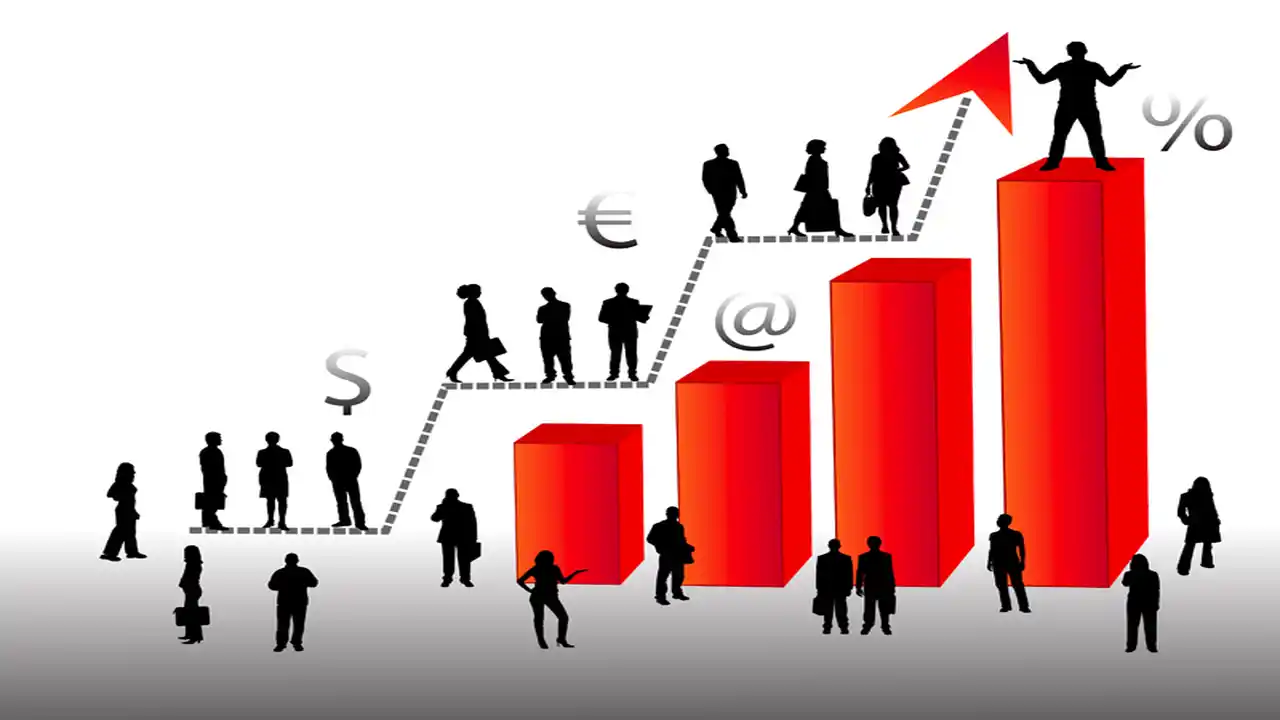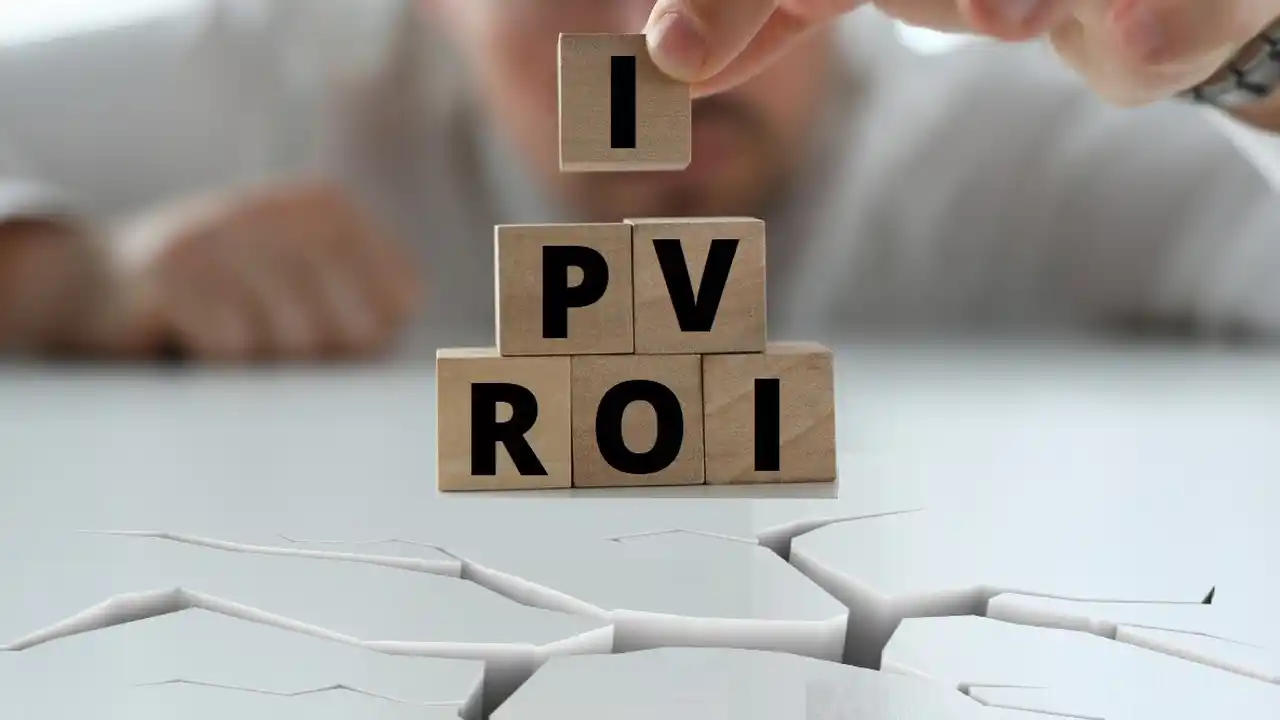Microfinance, often known as microcredit, assists unemployed and low-income individuals and enterprises in obtaining loans. Most microfinance institutions lend money to businesses in the form of microloans, also known as microcredit. In this post, we’ll examine the advantages of microfinance and grab extensive knowledge on the topics.
Many licensed microfinance banks, on the other hand, provide protection, money transfers, and savings accounts. Also, microcredit differed from previous development funding in that it required repayment, charged high interest rates to cover loan charges, and targeted borrowers from the informal sector. Learn about the best practices for addressing importance of microfinance topic by reading this guide from a blog post.
Advantages of Microfinance
Microfinance enables financially disadvantaged people to obtain funds and resources. It assists persons who do not have bank accounts, credit lines, or loans. Furthermore, these people may have to take out riskier loans, high-interest payday loans, or borrow from family if microfinance is not available. The advantages of microfinance include:
School Funding
Poor children are more prone to skip school or to disregard their peers and relatives. The fundamental reason is that agriculture employs a large number of low-income people. Young people must work to support their families. People who obtain microfinance goods are more likely to keep their children in school because they are less likely to run out of money.
Family Care Support
Microcredit enables residents in underdeveloped countries to be more resilient. Additionally, after overcoming adversity, a single negative event might send a family back into poverty. Poverty is often caused by inadequate health care. Giving firms the opportunity to expand on their own helps them endure difficult economic times. The majority of microfinance families in developing countries live in “extreme poverty.”This can mean surviving on $1.25 or less each day, but it’s usually at least $2. Food accounts for almost 80% of that money. Offering microfinance products that can be repaid with the remaining 20% allows more households to earn more money.
Future Spending
Poverty is a persistent issue. Food is scarce when money is scarce. Living in dirt means not having access to clean water. People who are malnourished work less. Failure to clean raises the risk of disease, which costs money in lost work days. This is no longer the case since microfinance makes money more accessible. Families can invest in upgraded wells, sanitation, and health care after providing their basic requirements and pay for the time it takes. Additionally, schedule disruptions are reduced after core needs are met. People work more efficiently and quickly. The children can attend school more frequently. There is better health care available. As the chances of survival improve, the average family size shrinks. This will promote future investments because people would have faith in the ability to provide basic needs.
Credit Access
Muhammad Yunus is widely regarded as the modern father of microfinance. He gave bamboo chair producers $27 out of his own pocket after noticing how debt was affecting their business. Due to risk, most banks will not lend to those who do not have credit or collateral. However, homeless persons do not have credit or collateral. Microfinance can quickly alleviate poverty by giving people small sums of money. Yunus has always believed in giving credit to everyone. Moreover, some financial institutions may disagree with him. Without funding, a poor person may be unable to pursue an idea that could make them wealthy. With microfinance, this is possible.
Job Access
Furthermore, microfinance can assist developing-country business owners in creating new jobs. More people working equals more money for local businesses and service providers, boosting the local economy. Microfinance makes work possible for everyone, not just entrepreneurs. Also, grameen Bank, which specializes on microloans, employs 21,000 Bangladeshis. That means the company created tens of thousands of jobs to help people get out of poverty.
Helps People Save
Savings accounts and microloans are critical components of microfinance. People save any surplus money for emergencies after fulfilling their basic needs. Therefore, this provides more wealth and money to developing countries. Microfinance makes little changes possible. These changes will allow consumers to spend their money with confidence.
Society’s Overlooked
Microloans are usually given to women in developing countries. Some microfinance products lend to women 95% of the time. Microfinance products can assist the disabled, unemployed, and beggars in taking care of their families. Even in developed countries, women play an important role in business leadership. According to Catalyst, firms with female board members recoup 66% more on investments and 42% more on sales than organizations with only male board members. Women are also more likely than men to mentor entrepreneurs. Teaching, feedback, and investments can all be beneficial. Women helping women is an unstoppable economic force, particularly in wealthy countries.
Family Education
Children who do not have the money to attend school miss more days or do not attend at all. The primary reason is that the majority of poor people work in agriculture. Children must work to provide for their family. Receiving microfinance products minimizes the risk of financial insecurity, keeping children in school. This is especially important in female-dominated households. Women who have completed eight years of schooling are four times less likely to marry before the age of twenty. Teens are less likely to become pregnant. This, however, enhances the chances of women graduating, getting a good job, or returning to school.
Getting Credit
Plan International, a global organization dedicated to children’s rights and gender equality, agrees that banks will not lend to persons with few or no assets, and microfinance loans are rarely issued. This is good advantages of microfinance.
High Repayment
People with greater clout fail on loans less frequently. Women, on average, repay loans better than men. This is just another reason why microfinance companies target women. Borrowers are cautious since microloans are frequently the only road out of poverty. Zenger Folkman polled men and women about trustworthy leaders. These characteristics were rated 55% for women and 48% for men on average. Workplace honesty is important. As a result, microfinance organizations have focused on women. Many developing countries are reconsidering women’s roles in society as a result of this theory. Women display dedication and constancy since they were able to bring their family out of poverty. Because of these variables, microfinance firms can have repayment rates of more than 98%, even on past-due accounts.
FAQ
Why does Microfinance Work?
Poor people, like everyone else, require these services, and collecting money to deal with irregular and uncertain wages is critical. This, combined with the fact that microcredit is now available globally, may help it succeed.
Why is it Important for the Business to have Microfinance?
AMFs benefit the economy by assisting micro-businesses with small business management and record-keeping. Through correspondent banks, they collect money or banking instrument revenues on behalf of their clients and provide payment services.
What does Management Mean in Microfinance?
When talking Microfinance Network performance management, we add balancing and mission to the cycle. Performance management monitors, reports on, manages, and balances financial and social performance in order to attain a goal or vision.
Conclusion
Microfinance loans are available to people with low incomes and little security. People who do not have access to other types of financial services benefit. Microfinance is the primary method by which poor people and groups obtain small loans. Additionally, focuses on rural and semi-urban areas with few banks and consumers who may take advantage of low-interest credit products. In this guide, we’ve explained advantages of microfinance. I hope that provided you with some useful knowledge.






